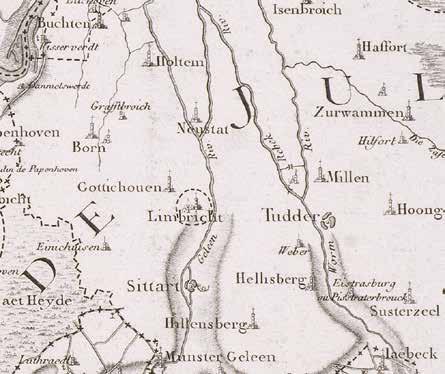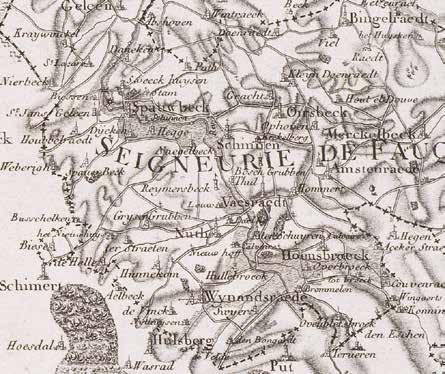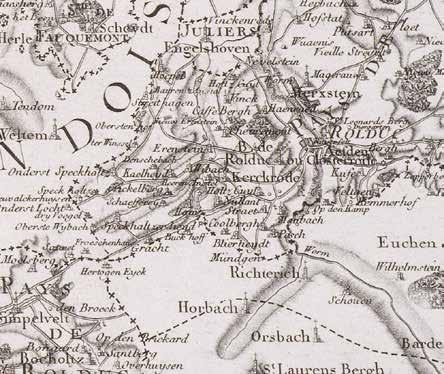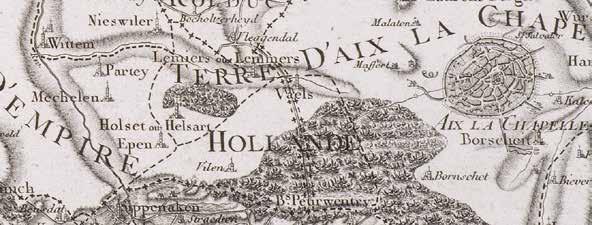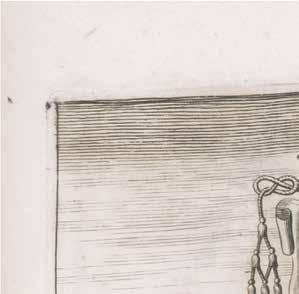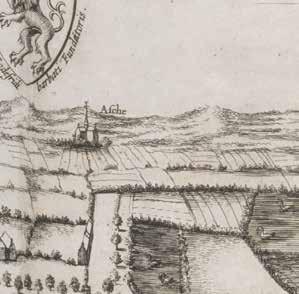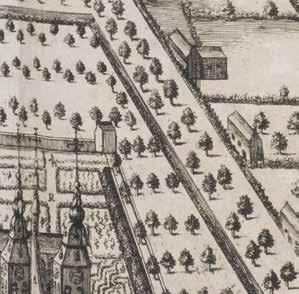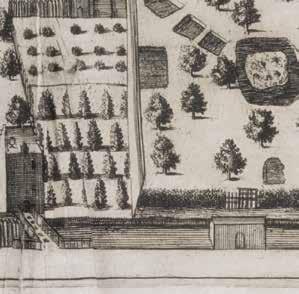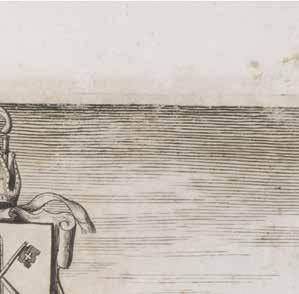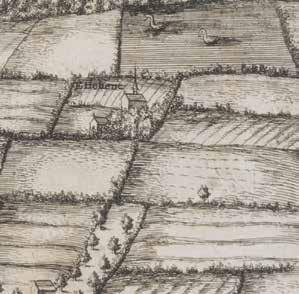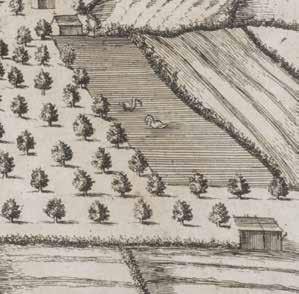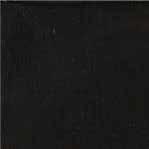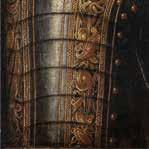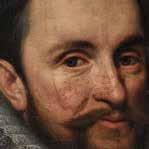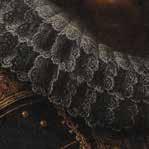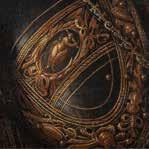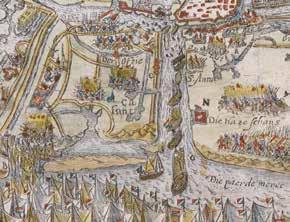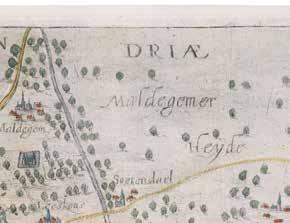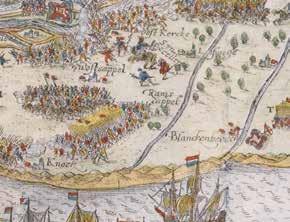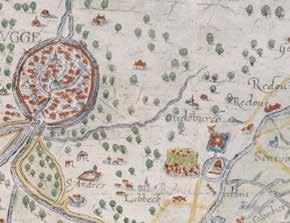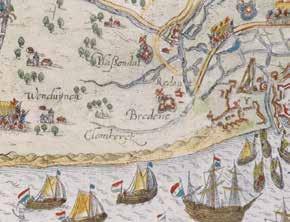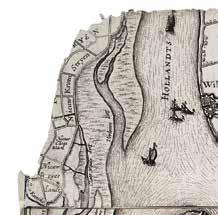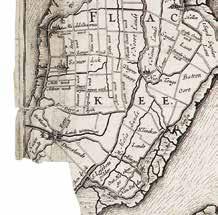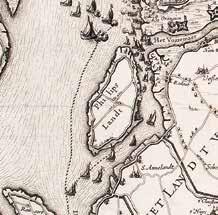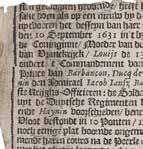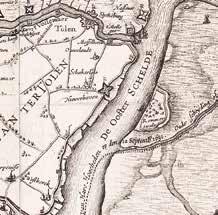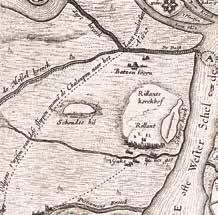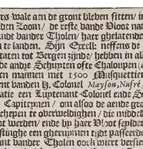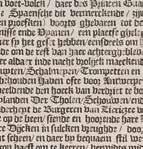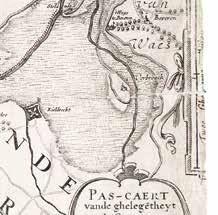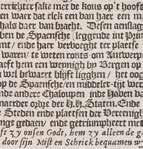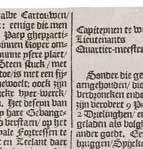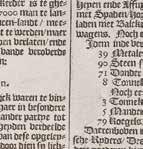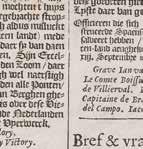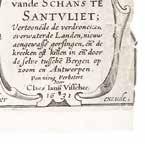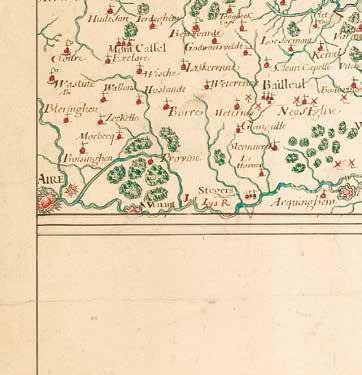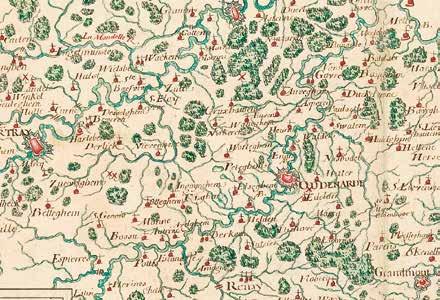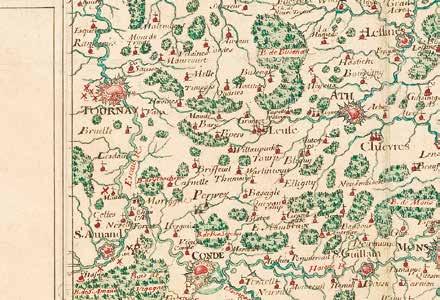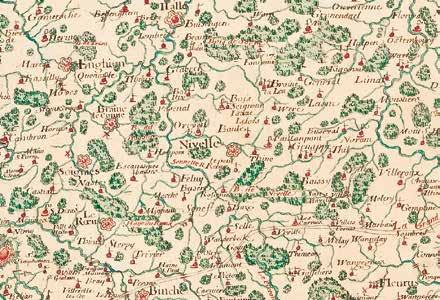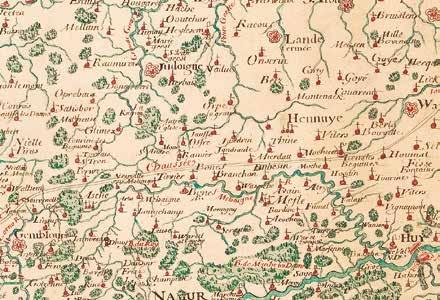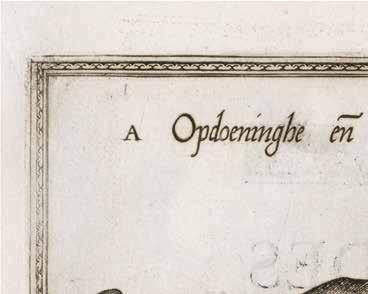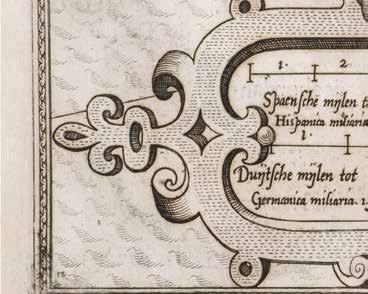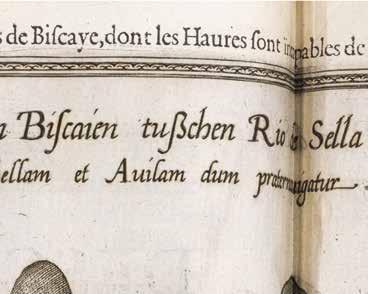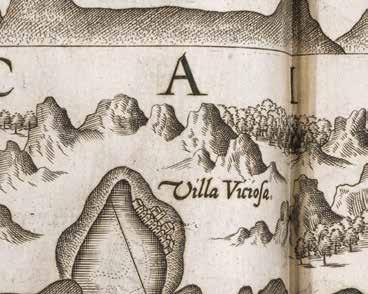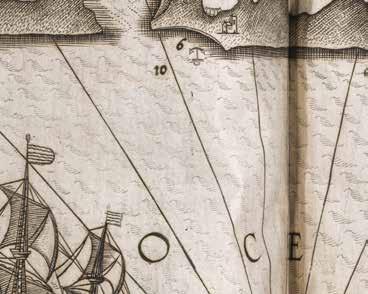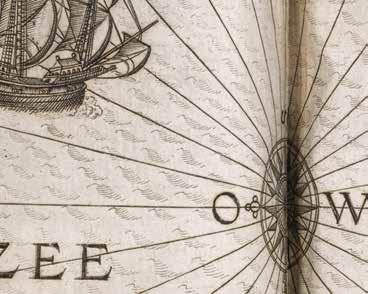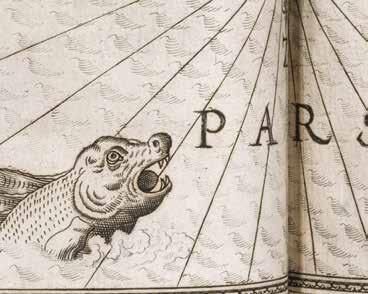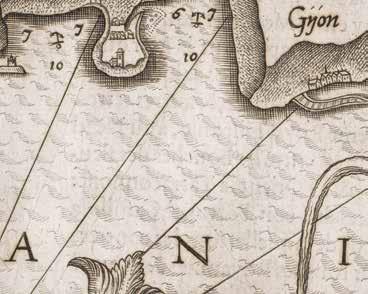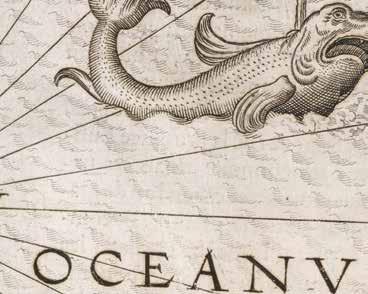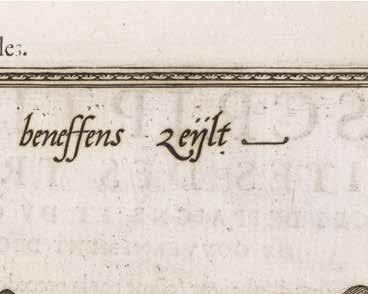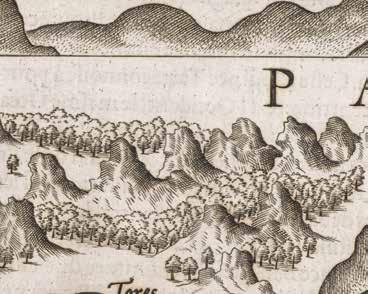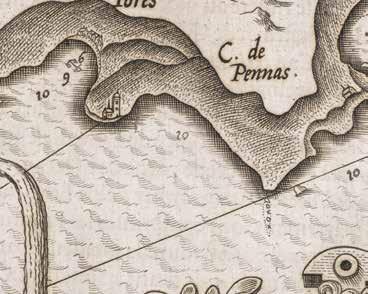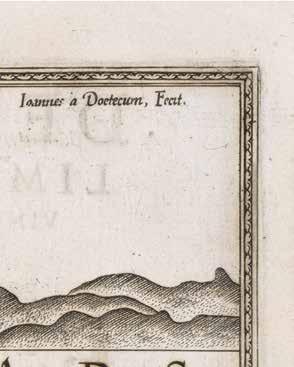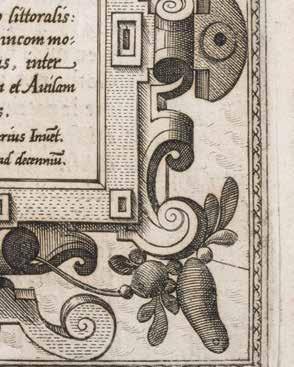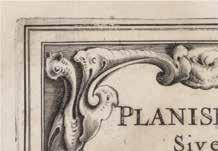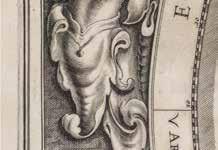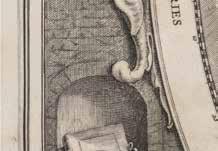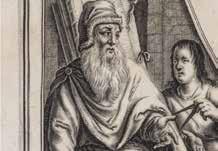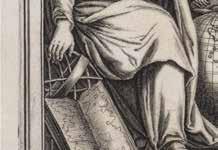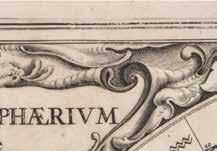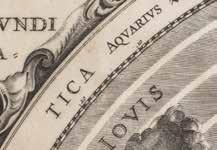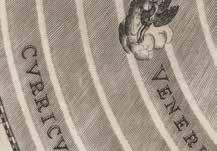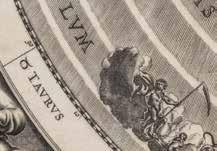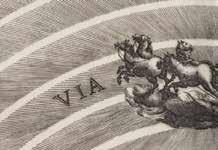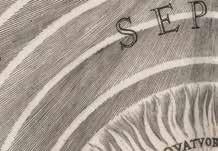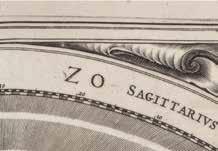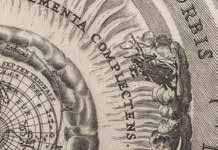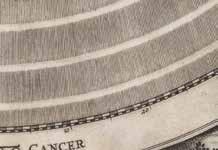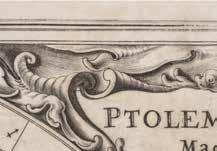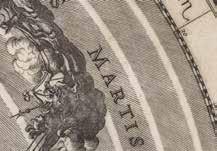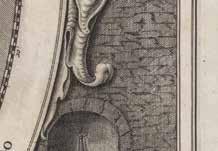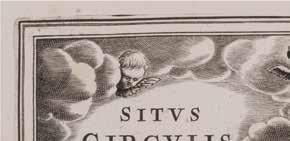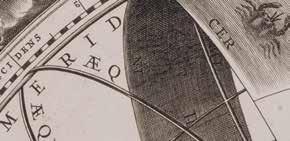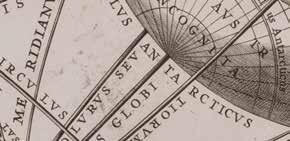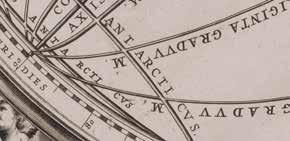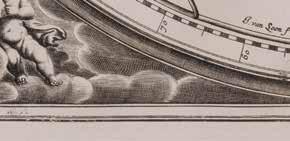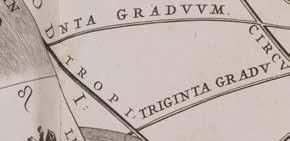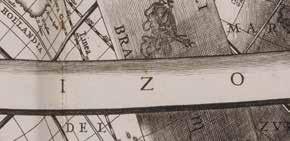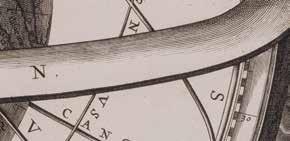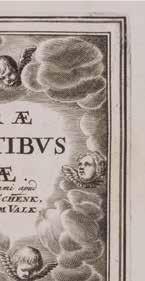
ART OF SURVEYING FROM LOCAL TO NATIONAL THE MANY FACES OF A CITY
ANTWERP AND THE URBAN CULTURE OF THE SOUTHERN NETHERLANDS
NEWS IN ABUNDANCE
NAVIGATING THE MEDIA LANDSCAPE IN THE SEVENTEENTH CENTURY
FRESH OFF THE PRESS
CARTOGRAPHIC UPDATES FOR THE BATTLE ON THE SCHELDT (1630 s )
UNITY AND DIVISION
THE LEO BELGICUS IN THE NORTHERN AND SOUTHERN NETHERLANDS
THROUGH OTHERS’ EYES
ITALIANS
PILOT GUIDES AND SEA CHARTS ON BOARD AND ASHORE
MAPS
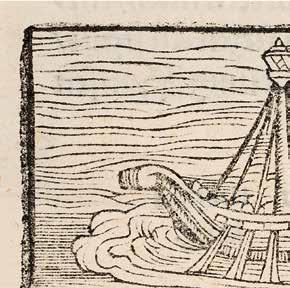

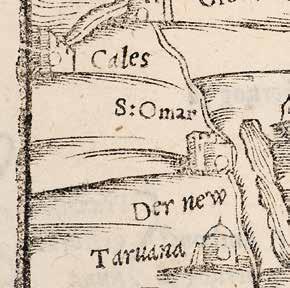




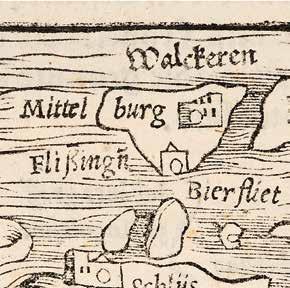
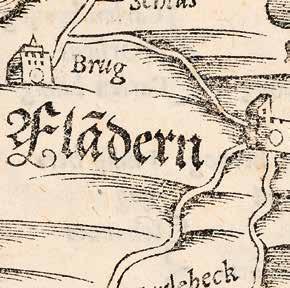

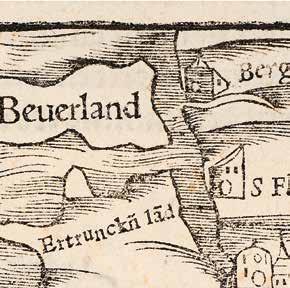

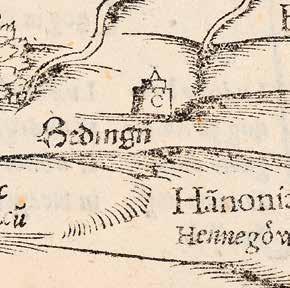



ese overseas adventures were, however, anything but altruistic. Both the mariners themselves and their promoters back home had just one thing in mind: to make money and become lords and masters of the new territories. Voyages of ‘discovery’ and colonization were inextricably linked with violence, oppression and enslavement. Cartography too was thoroughly implicated in all this, since maps either arose in the colonial context or were a means of pursuing such practices at sea.
e melting pot of the previously mentioned southern mapmakers (such as Petrus Plancius and Jodocus Hondius), northern ones (such as Johannes Janssonius, Lucas Jansz. Waghenaer and the Blaeu family), together with other visitors from abroad, brought about the apogee of cartography in the Low Countries, in terms of both quantity and quality. Despite all this activity by southerners in the Dutch Republic or on the other side of the world, things had not fallen entirely silent in the Southern Netherlands themselves. ere were some, for instance, who made the reverse migration from the North to the Catholic South, including the Van Langren family, while some Flemings also returned after a few years, Pieter Verbiest I and his son Pieter Verbiest II among them.
In the course of the eighteenth century, the leading centres of cartography shifted to Britain, France and the Holy Roman Empire. Important names in this regard include Johann Baptist Homann, the Sanson family, Guillaume Delisle and the Delamarche rm in Paris, which produced globes. Just as the Low Countries became less leading in European map production, a ood of ‘chorographic’ works in the Guicciardini tradition began to appear, designed to promote and boost patriotic pride in Flanders, Brabant or the Low Countries as a whole. e phenomenon, which lasted far into the eighteenth century, might have been a response to the declining prosperity in the region in the second half of the seventeenth. ese lavishly illustrated books, running to several volumes, were amply furnished with maps and detailed topographical prints of the south’s villages, towns, castles, country houses and monuments. e tone was set by Antonius Sanderus with his Flandria Illustrata (Amsterdam, 1641-1644) and Chorographia sacra Brabantiae (Brussels, 1659-1663), but important imitators followed, such as Jacques Le Roy with his work devoted to Brabant ( D pp. 18-19), Nicolaas Despars with his chronicle of Flanders, and Jean-Baptiste Christyn with his description of the whole of the Low Countries.
e rst truly systematic mapping of the territory corresponding with modern-day Belgium was the gigantic, large-scale map that Joseph Jean François, Count de Ferraris, produced in 1777-1778 for Maria eresa, empress of Austria. e Ferraris Map meticulously charted what were then the Austrian Netherlands. e fashion for large-scale, nationwide topography of this kind continued into the nineteenth century – the era of imperialism and nation states. Orders came down from government for entire territories to be mapped precisely in a uniform and systematic manner. is became a particular imperative when Belgium broke away from the Kingdom of the United Netherlands in 1830. e newly forged nation felt a powerful need – in terms of identity as well as cartography – to set itself down on paper and present itself as a uni ed whole. Philippe Vandermaelen had the opportunity to produce the lion’s share of this o cial cartography.
In addition to formal documents of this kind, there were of course maps for ordinary users too. e middle classes saw their mobility expand in the nineteenth century, with families setting out on their travels –primarily in their own country but also with the occasional trip abroad. Travelogues and guidebooks became more common, and convenient pocket-sized atlases grew in popularity. ere was also an explosion in this period in the publication of city views, portraits, and pictures of favourite spots, attractions and buildings in Belgium and abroad. e invention of lithography meant that these could be printed in very large runs. Topographical and cartographical material – in the form of maps, text and images – became more accessible and a ordable, no longer the preserve of a wealthy, intellectual elite. Maps now became part of everyday life and leisure in several layers of society.

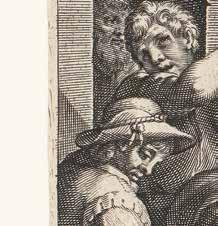



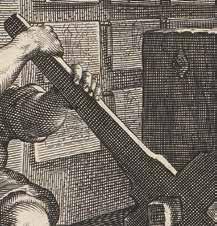











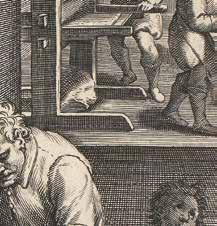


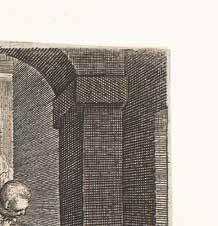
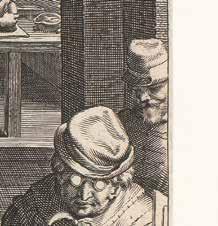



CONCLUSION
is book invites you to discover for yourself the history of cartography in the (Southern) Netherlands, as brie y summarised above. e rst chapter begins with local cartography and topography, based on surveying and eldwork. We then travel from the countryside to the urban landscape, where a variety of city ‘portraits’ and maps are featured. is is followed by several chapters on the role of cartography in news culture and historiography, with particular reference to the Eighty Years War. Chapter III discusses the di erent news media, after which a speci c case is examined in Chapter IV. Chapter V looks at how the Low Countries re ected on their own history and on the relationship between North and South, while Chapter VI deals with the role played in historiography and mapping by foreigners – Italians in particular. In Chapter VII we take to the water: how are maps used to plot a course and navigate at sea? e next chapter focuses on where vessels from the Low Countries sailed to, which ‘new worlds’ were visited and mapped, and for what reasons. We then zoom out again to consider the di erent world views that held sway through the centuries, before examining world atlases, including Blaeu’s Atlas Maior e book rounds o by bidding farewell to the earth, using astronomical instruments and cosmography to gaze out into the universe and back.
e chapters are structured by scale, steadily zooming out as we go, yet also simultaneously zooming in on the objects from e Phoebus Foundation’s collection and their various creators, each of whom contributed to the story of Netherlandish cartography. e highlighted thematic texts provide extra information about certain subjects, speci c makers or important events. e interspersed texts marked in yellow point out special objects from the collection. e people and works that are examined along the way shed light on glorious moments in cartographic history while not shrinking from the dark side that often lies hidden. ere is more that maps do not show than they do, while at the same time they seek to present us with particular ideas and world views. An early map not only represents a geographical area and a historical situation; it is also not easy to pin down and can prompt an in nite number of new questions, discussions and interpretations. Groundbreakers invites you to explore and expand the horizons of your own world through cartography.
LITERATURE
J. Bossu, Vlaanderen in oude kaarten: drie eeuwen cartografie, Tielt, 1982.
W. Bracke & E. Leenders, Vlaanderen in 100 kaarten, Leuven, 2015.
P. De Maeyer, ‘Cartografie, de zee en de rol van de Vlamingen’, VLIZ, De Grote Rede, 31, 2011: 11-16.
P. De Maeyer, M. Galand, B. Vannieuwenhuyze et al., De geschiedenis van België̈ in 100 oude kaarten, Tielt, 2021.
D. Duncker & H. Weiss, Het hertogdom Brabant in kaart en prent, Tielt, 1983.
C. Koeman, Atlantes Neerlandici. Bibliography of terrestrial, maritime and celestial atlases and pilot books, published in the Netherlands up to 1880, Amsterdam, 1967-1971, 5 vols.
C. Koeman, Geschiedenis van de kartografie van Nederland: zes eeuwen land- en zeekaarten en stadsplattegronden, Alphen aan den Rijn, 1983.
C. Koeman, G. Schilder, M. van Egmond et al., ‘Commercial Cartography and Map Production in the Low Countries, 1500-ca. 1672’, in: D. Woodward (ed.), The History of Cartography, vol. 3. Cartography in the European Renaissance, Chicago / London, 2007, vol. 2: 1296-1383.
C. Koeman & M. van Egmond, ‘Surveying and Official Mapping in the Low Countries, 1500-ca. 1670’, in: D. Woodward (ed.), The History of Cartography, vol. 3. Cartography in the European Renaissance, Chicago / London, 2007, vol. 2: 1246-1295.
P. van der Krogt (ed.), Koeman’s Atlantes Neerlandici. New Edition, Houten, 1997 et seq., 6 vols.
G. Schilder & M. van Egmond, ‘Maritime Cartography in the Low Countries during the Renaissance’, in: D. Woodward (ed.), The History of Cartography, vol. 3. Cartography in the European Renaissance, Chicago / London, 2007, vol. 2: 1384-1432.
H. van der Heijden, Het Hertogdom Brabant in oude kaarten, 1536-1785, Eersel, 1991.
B. Vannieuwenhuyze, M. Griffioen & A. van Schaik, Oude kaarten lezen. Handboek voor historische cartografie, Zwolle, 2023.
K. Zandvliet, De groote waereld in ’t kleen geschildert: Nederlandse kartografie tussen de middeleeuwen en de industriële revolutie, Alphen aan den Rijn, 1985. K. Zandvliet, ‘Mapping the Dutch World Overseas in the Seventeenth Century’, in: D. Woodward (ed.), The History of Cartography, vol. 3. Cartography in the European Renaissance, Chicago / London, 2007, vol. 2: 1433-1462.
Ferraris’s topographical map
In 1777 and 1778, Holy Roman Empress Maria Theresa commissioned Joseph Jean François, Count de Ferraris (1726-1814), to prepare a huge, large-scale topographical map, running to 275 sheets, of her territory in the Low Countries. The Austrian Netherlands (Belgium Austriacum) is the collective name given to the eleven provinces of the Southern Netherlands during the period of Austrian Habsburg rule between 1715 and 1795 (with a brief hiatus in 1790), when the region became an autonomous part of the Habsburg monarchy. It is sometimes referred to as the ‘Imperial Netherlands’ to distinguish it from the Republic of the Seven United Netherlands (Belgium Foederatum), roughly the modern-day Netherlands.

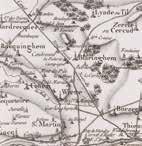


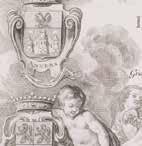


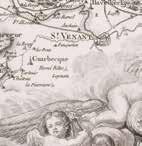


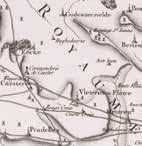



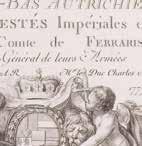

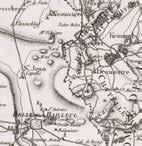







The Ferraris Map is viewed as the first detailed topographical survey of what is now Belgium, drawn at a scale of 1:11,520.
De Ferraris created the maps by hand and in a military context: he was a general of the Austrian artillery and a field marshal of the Austrian Netherlands. Only three original versions still exist, but a commercial printed version was also sold as a limited edition, a copy of which is in The Phoebus Foundation’s collection.
The scale of the printed Ferraris map has been reduced and the 275 map sections brought back to 25 sheets, bound together into a book. The trade edition too was made under the supervision of Count de Ferraris and was engraved by Louis-André Dupuis (active 1769-1787) and Jean-Baptiste Poirson (1761-1831).
Besides these two mapmakers, many other engravers, etchers and draughtsmen contributed to its production.










